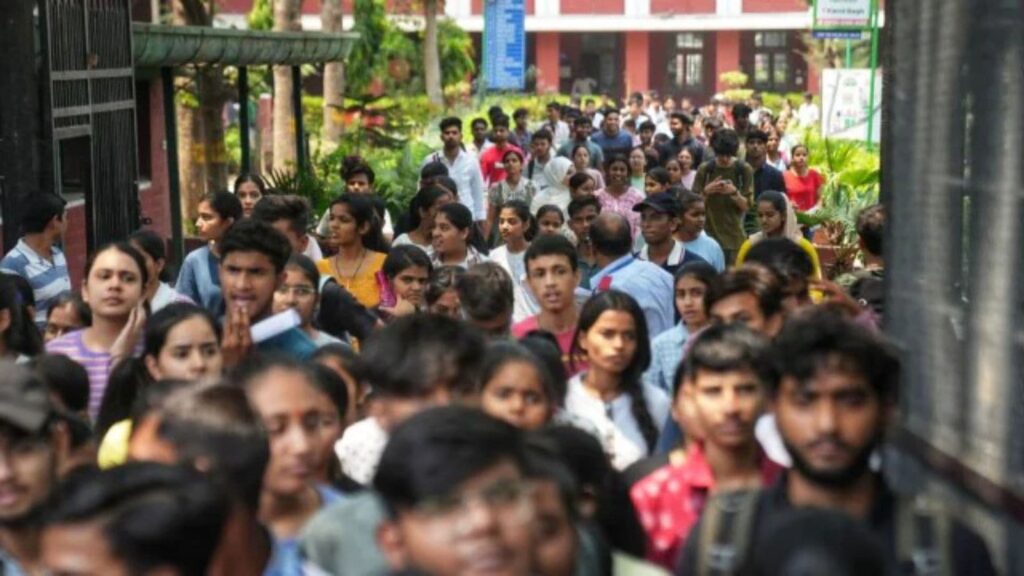New DelhiOctober 7, 2025 07:38 AM IST
First published on: Oct 7, 2025 at 07:30 AM IST
While announcing the schedule for the Bihar Assembly polls, the Election Commission (EC) on Monday said the state has 14.01 lakh first-time voters aged 18 to 19 years old. While the number of first-time voters has grown from 11.17 lakh in 2020, it’s below the 24.13 lakh registered in 2015.
But as elections in Bihar grow more competitive, and victory margins fall, first-time voters may prove to be a crucial vote bank.
On average, each of Bihar’s 243 Assembly constituencies has 5,765 first-time voters this year. In 2020, the figure stood at 4,597, well below the average in 2015 at 9,930 voters.
In the 2020 Assembly elections, there were 56 seats – 23% of all Bihar constituencies – where the current average number of first-time voters (5,765) exceeds the winning margins. In 2020, the average winning margin across the state was 16,825 votes.
The same comparison for the 2015 elections shows that there were 41 such seats where the winning margins were below this year’s first-time voter tally.
As a share of the total electorate, first-time voters had accounted for 3.61% of all voters in 2015. This share fell to 1.53% in 2020 and has risen marginally to 1.88% in 2025.
The results of the 2015 Assembly polls show there were 73 seats where the average number of first-time voters at the time exceeded the winning margin. For instance, in Tarari, the CPI(ML)(L) candidate narrowly edged out the LJP runner-up by 272 votes, well below the 9,930 average first-time voters. Among the 73 such seats, the BJP won 30, followed by the JD(U) 16, the RJD 13, Congress nine, and other parties won the remaining five.
In the 2020 Assembly polls, there were 49 seats where the average first-time voters that year exceeded the winning margin. The JD(U) and RJD each won 13 such seats, followed by the Congress at nine, the BJP at eight, and other parties at six.
In 2015, the average winning margin of 18,108 votes was nearly twice the average first-time voters in each seat that year. By 2020, the average winning margin fell to 16,825, but this figure was almost four times greater than average first-time voters per seat that year at 4,597.


